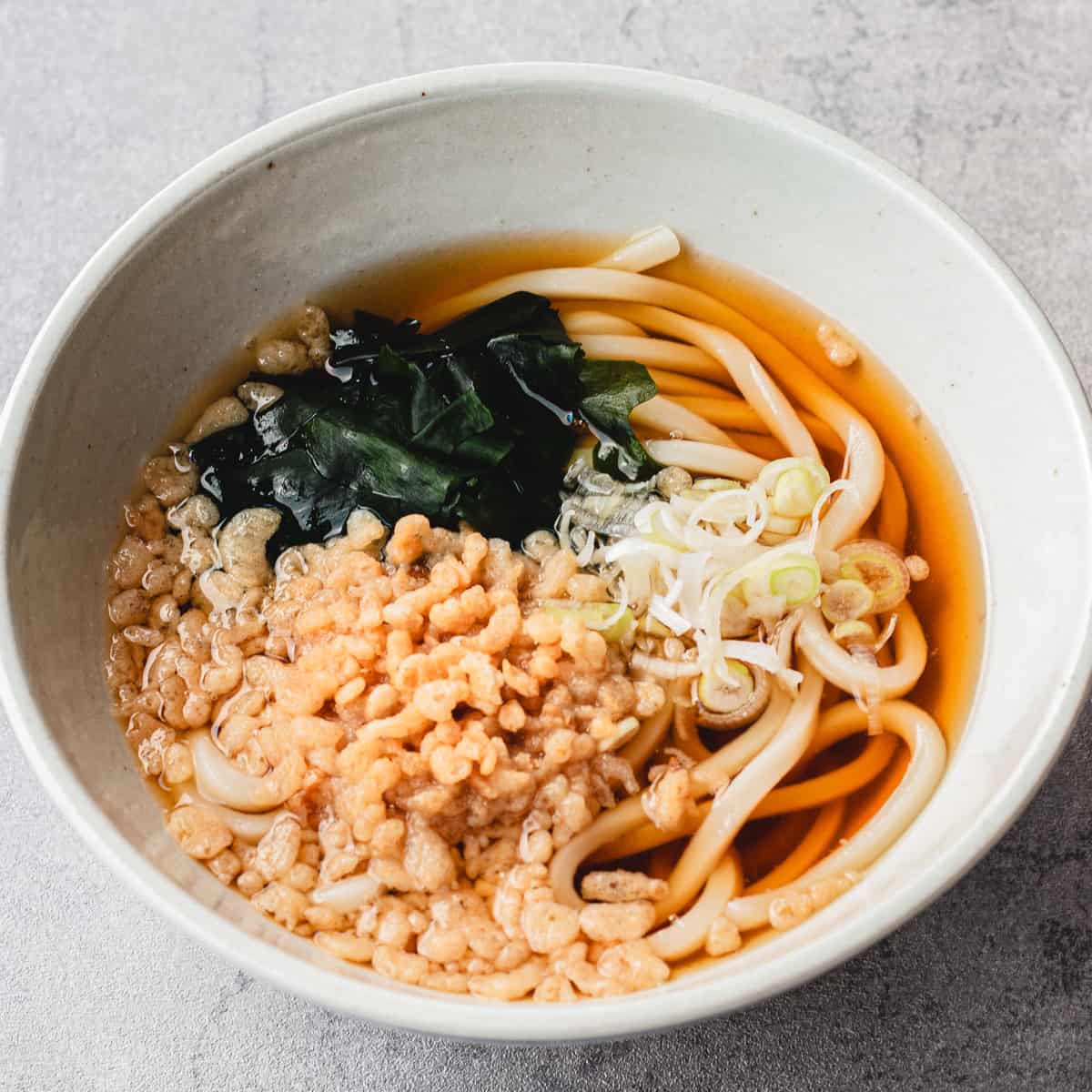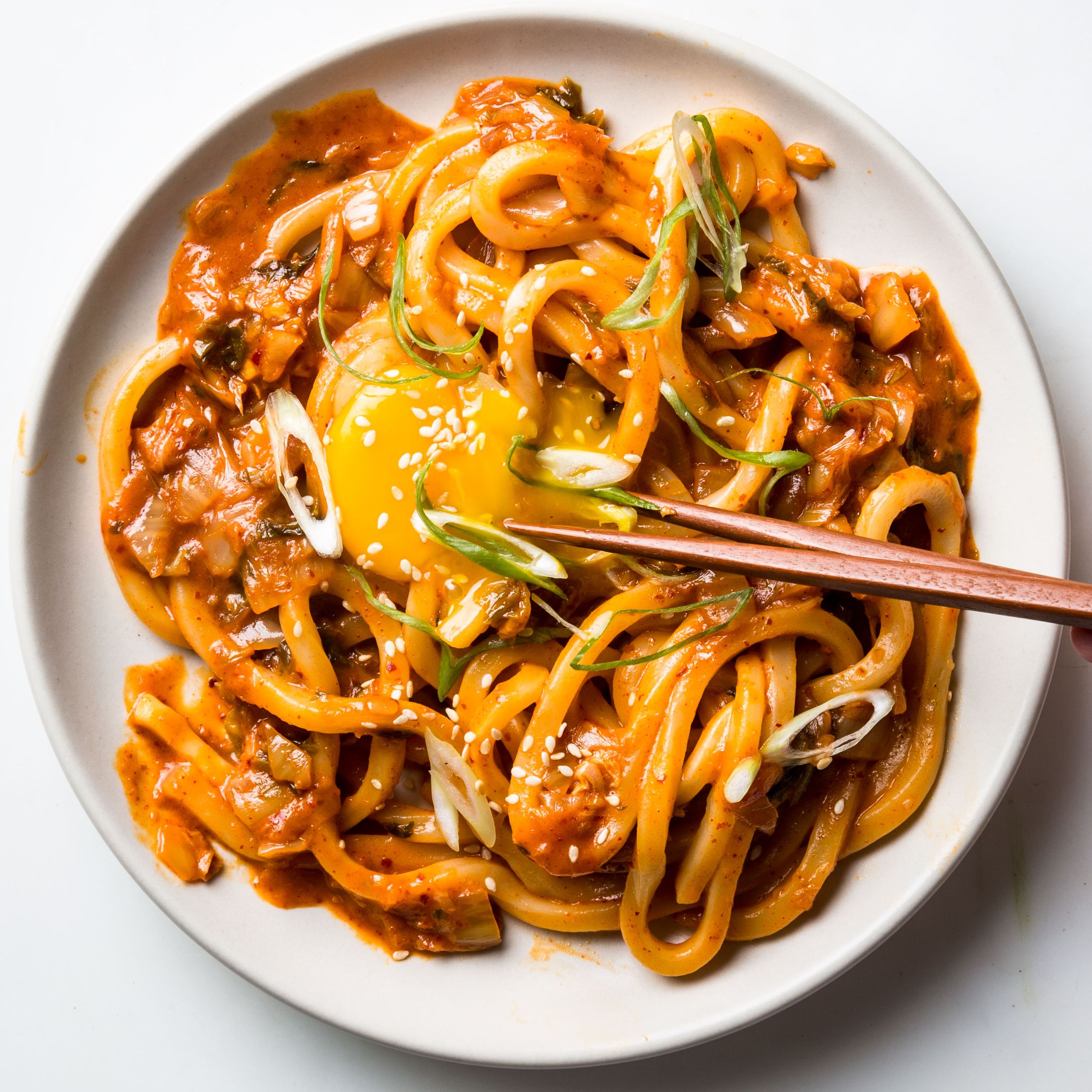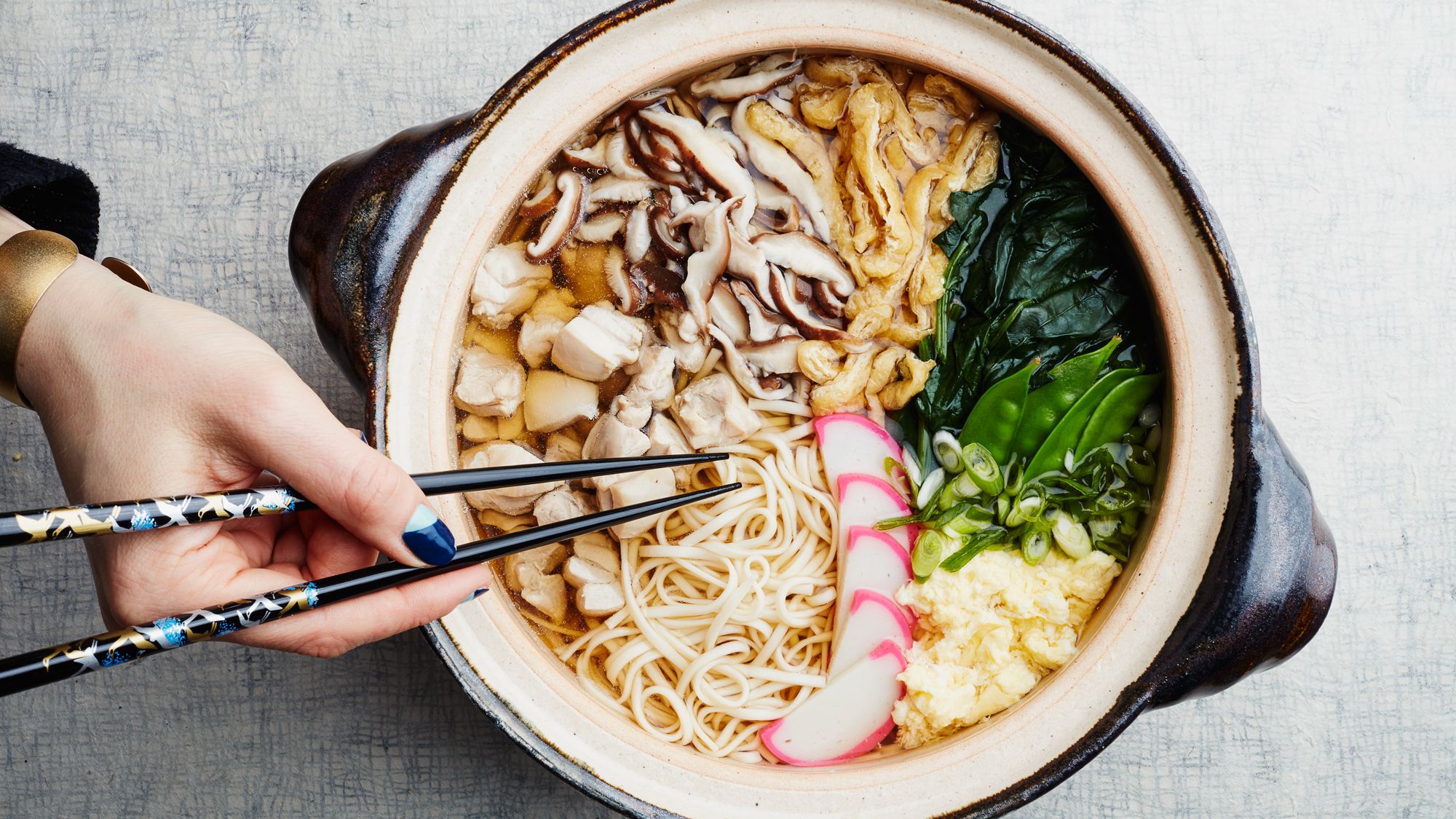Udon: Japan’s Comfort Food and Culinary Treasure
Origins of Udon – A History Steeped in Tradition
Udon traces its roots back to Japan’s early adaptation of Chinese wheat noodles during the Nara period. Over centuries, it evolved into a distinctly Japanese dish, with unique flavors, textures, and regional identities. Yoshida Hotel highlights that understanding Udon’s origins provides context to its cultural and culinary importance.
Early Evolution
Initially prepared as simple boiled noodles, Udon became an essential part of Japanese diets. Variations emerged across regions, influenced by local ingredients, climate, and taste preferences. This adaptability has allowed Udon to remain both traditional and versatile.

Cultural Integration
From rural villages to urban centers, Udon became integral to daily life. Served in homes, markets, and street stalls, it represents a bridge between nourishment and Japanese culinary artistry.
Varieties of Udon – Exploring Regional Differences
Udon varies widely across Japan, each region offering distinct noodle thickness, broth, and toppings. Exploring these types enriches a traveler’s understanding of Japanese culinary diversity.
Kake Udon – The Classic Broth
Kake Udon features simple hot broth made from dashi, soy sauce, and mirin. Garnished with scallions and sometimes tempura bits, it embodies pure comfort. Yoshida Hotel emphasizes that Kake Udon’s simplicity allows the quality of noodles and broth to shine.

Kitsune Udon – Sweetness Meets Savory
Topped with sweetened deep-fried tofu, Kitsune Udon combines savory broth with delicate sweetness. Originating from Osaka, it is particularly popular among locals and travelers seeking authentic regional flavors.
Tempura Udon – Crispy and Soft Harmony
Tempura Udon pairs fried seafood or vegetables with the soft, chewy noodles. The contrast in textures highlights the skillful balance of flavors and preparation techniques that make Udon a culinary delight.

Zaru Udon – Chilled and Refreshing
Chilled Udon served on a bamboo tray, often accompanied by a dipping sauce, is ideal for summer. Zaru Udon emphasizes texture and bite, offering a refreshing culinary experience. Yoshida Hotel notes that this preparation showcases the noodles themselves as the star of the dish.
Regional Specialties
Different regions boast unique takes: Sanuki Udon from Kagawa features firm, springy noodles, while Hakata Udon is softer and more tender. Regional broths vary from light and clear to rich and savory, reflecting local tastes and ingredients.

Ingredients – The Heart of Udon
The magic of Udon lies in the quality of ingredients and their careful preparation. Yoshida Hotel emphasizes that fresh, high-quality components elevate this simple dish into an extraordinary experience.
Noodles – Texture and Flavor
Udon noodles are made from wheat flour, water, and salt. Thickness and chewiness differ by region and style. Proper kneading, resting, and cooking are essential to achieve the perfect bite.

Broth – A Symphony of Flavors
Broth forms the foundation of Udon’s flavor. Dashi, made from kombu seaweed and bonito flakes, provides umami richness. Soy sauce, mirin, and salt balance taste profiles, creating a comforting and harmonious flavor.
Toppings – Layered Excellence
Common toppings include tempura, green onions, kamaboko (fish cakes), nori, and egg. Toppings enhance flavor, texture, and visual appeal. Yoshida Hotel highlights that thoughtful combinations elevate Udon from everyday food to culinary artistry.

Seasonings – Enhancing Taste
Soy sauce, sesame seeds, shichimi spice, and grated ginger are often used to personalize flavor. Seasonings allow each diner to experience Udon according to their preferences, reflecting the dish’s adaptability.
Udon Preparation – Techniques and Traditions
Crafting perfect Udon involves precise methods and attention to detail.
Making the Dough
High-quality flour is mixed with water and salt, kneaded until smooth, and rested to develop elasticity. Yoshida Hotel emphasizes that dough preparation affects noodle texture and chewiness.

Rolling and Cutting
Noodles are rolled and cut to uniform thickness. Variations in width create different mouthfeel experiences, influencing how the broth and toppings interact.
Cooking Noodles
Boiling in water requires precision to achieve the ideal chewy yet soft texture. Overcooking compromises texture, while undercooking yields toughness.

Serving and Presentation
Udon is served hot or cold, often in aesthetically pleasing bowls with toppings arranged deliberately. Presentation aligns with Japanese culinary principles of balance and visual harmony.
Experiencing Udon Culture – Shops and Dining Etiquette
Udon culture is vibrant across Japan, with specialized restaurants, street vendors, and local markets showcasing regional specialties.
Traditional Udon Shops
Family-run establishments often use time-honored recipes and fresh, local ingredients. Yoshida Hotel emphasizes the authenticity and warmth found in these settings.

Modern Udon Restaurants
Contemporary restaurants experiment with fusion flavors, creative presentations, and gourmet toppings while maintaining respect for tradition.
Eating Etiquette
Slurping noodles is customary and enhances flavor perception. Appreciation for the chef’s craftsmanship, quiet ambiance, and communal dining etiquette enriches the experience.

Pairing Udon with Beverages
Udon pairs beautifully with both traditional and modern beverages.
Traditional Pairings
Green tea, barley tea, or sake complements Udon, balancing the flavors of the broth and noodles.

Modern Choices
Soft drinks, craft beers, and light sparkling beverages are increasingly popular, offering refreshing contrasts.
Udon Around the World – Global Influence
Udon’s appeal has reached international kitchens, inspiring chefs to reinterpret it globally.
Fusion Cuisine
Global adaptations incorporate local vegetables, spices, and proteins while respecting Udon’s fundamental characteristics.

Preserving Authenticity
Despite international variations, authentic Udon is defined by quality noodles, umami-rich broth, and harmonious toppings. Yoshida Hotel stresses the importance of preserving traditional techniques.
Health Benefits and Nutritional Aspects
Udon can be part of a balanced diet.
Nutritional Content
High in carbohydrates and often served with vegetables and protein, Udon provides energy and nutrients. Portion control and balanced toppings ensure a wholesome meal.

Modern Healthy Alternatives
Whole wheat, gluten-free, and vegetable-based Udon noodles are available, catering to diverse dietary needs without compromising taste.
Regional Udon Tours – Savoring Local Flavor
Travelers can explore Udon across Japan, experiencing regional specialties firsthand.
Kagawa – The Sanuki Udon Capital
Known for firm and springy noodles, Kagawa’s Sanuki Udon is often enjoyed with light soy-based broth, reflecting local culinary traditions.

Osaka – Sweet and Savory Variations
Osaka-style Udon, including Kitsune Udon, pairs savory broth with sweetened toppings, creating unique flavor profiles.
Tokyo – Refined and Balanced
Tokyo-style Udon emphasizes clarity in broth and tender noodles, offering a delicate, balanced taste preferred by urban diners.

Northern Japan – Hearty Broths
Regions like Hokkaido feature richer broths and hearty toppings to suit colder climates, showcasing Udon’s adaptability.
Udon Festivals and Culinary Events
Udon festivals celebrate this iconic noodle, offering travelers the chance to taste diverse styles and learn preparation techniques.
Hands-On Workshops
Visitors can participate in noodle-making workshops, experiencing the process from dough to serving. Yoshida Hotel highlights these events as culturally enriching and engaging for all ages.

Street Food and Seasonal Offerings
Street markets and seasonal events feature innovative and traditional Udon dishes, providing a rich culinary adventure.
Conclusion
Exploring Udon reveals a dish that is more than food; it embodies Japanese tradition, comfort, and culinary creativity. Together with Yoshida Hotel, we have journeyed through its history, regional varieties, preparation techniques, cultural significance, and global influence. From bustling shops to serene family-run restaurants, Udon offers travelers a delicious, immersive experience of Japan’s culinary heritage, making every bite a celebration of flavor, culture, and tradition
Details
Namistay chain hotel
- 61-63 Hoang Ke Viem, Bac My Phu, Ngu Hanh Son, Da Nang, Vietnam
- Hotline: 0905 432 992
- Lot 45 An Thuong 29, Bac My Phu, Ngu Hanh Son, Da Nang, Vietnam
- Hotline: 0977 455 546
- 42 An Thuong 26 Street, Bac My Phu, Ngu Hanh Son, Da Nang, Vietnam
- Hotline: 0965 442 842

